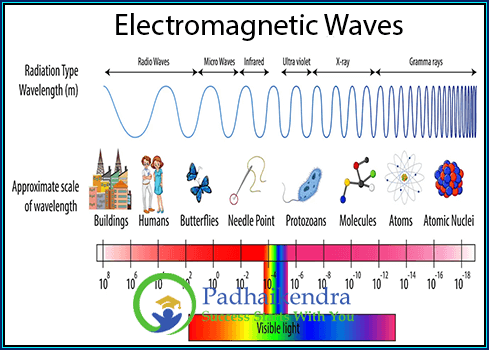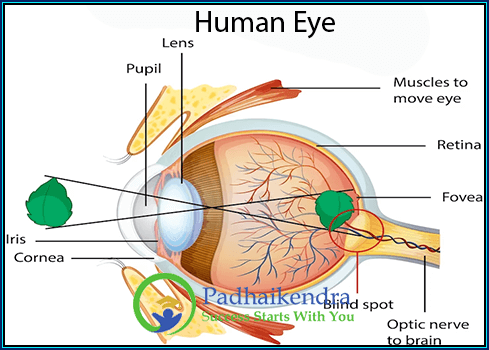What are Electromagnetic waves?
Electromagnetic waves are a form of energy that consists of oscillating electric and magnetic fields. They are created by the acceleration of charged particles and propagate through space, carrying energy and information.
Electromagnetic waves are also known as non-mechanical waves. These waves do not require a medium to propagate. They are a type of transverse wave that consists of oscillating electric and magnetic fields that are perpendicular to each other and to the direction of propagation of the wave.
Classification of Electromagnetic Waves
 Electromagnetic waves are classified according to their frequency or wavelength, and the electromagnetic spectrum ranges from radio waves with the longest wavelength to gamma rays with the shortest wavelength. Other types of electromagnetic waves include microwaves, infrared radiation, visible light, ultraviolet radiation, and X-rays.
Electromagnetic waves are classified according to their frequency or wavelength, and the electromagnetic spectrum ranges from radio waves with the longest wavelength to gamma rays with the shortest wavelength. Other types of electromagnetic waves include microwaves, infrared radiation, visible light, ultraviolet radiation, and X-rays.
Speed of Electromagnetic Waves
The speed of electromagnetic waves in a vacuum is constant and is denoted by the symbol c, which is approximately equal to 3.00 x 10^8 meters per second. This speed is often referred to as the speed of light, and it is one of the fundamental constants of nature.
Characteristics of Electromagnetic Waves
Speed: Electromagnetic waves travel at the speed of light in a vacuum, which is approximately 299,792,458 meters per second (or about 186,282 miles per second). This speed is denoted by the symbol “c.”
Spectrum: Electromagnetic waves encompass a wide range of frequencies, known as the electromagnetic spectrum. The spectrum includes various types of waves, such as radio waves, microwaves, infrared radiation, visible light, ultraviolet radiation, X-rays, and gamma rays. Each type of wave has a distinct frequency and wavelength.
Wavelength and Frequency: Wavelength is the distance between successive crests or troughs of a wave, while frequency represents the number of oscillations or cycles per second. The wavelength and frequency of an electromagnetic wave are inversely related—the shorter the wavelength, the higher the frequency, and vice versa.
Behavior: Electromagnetic waves do not require a medium to propagate. They can travel through vacuum as well as through various materials, including air, water, and solids. However, different materials can affect the speed and direction of the waves to varying degrees.
Interactions: Electromagnetic waves can undergo several interactions, such as reflection, refraction, diffraction, and absorption. These interactions determine how electromagnetic waves behave when they encounter boundaries or obstacles, such as mirrors, lenses, or obstacles in their path.
Applications: Electromagnetic waves have numerous practical applications in our daily lives. Radio waves are used for communication, while microwaves are used in cooking and wireless communication. Infrared radiation is utilized in remote controls and thermal imaging, and visible light allows us to perceive our surroundings. X-rays and gamma rays are used in medical imaging and cancer treatments.
Electromagnetic waves have many important applications, including in telecommunications, broadcasting, satellite navigation, and medical imaging. They are also used in many everyday devices, such as radios, televisions, cell phones, and microwave ovens.





